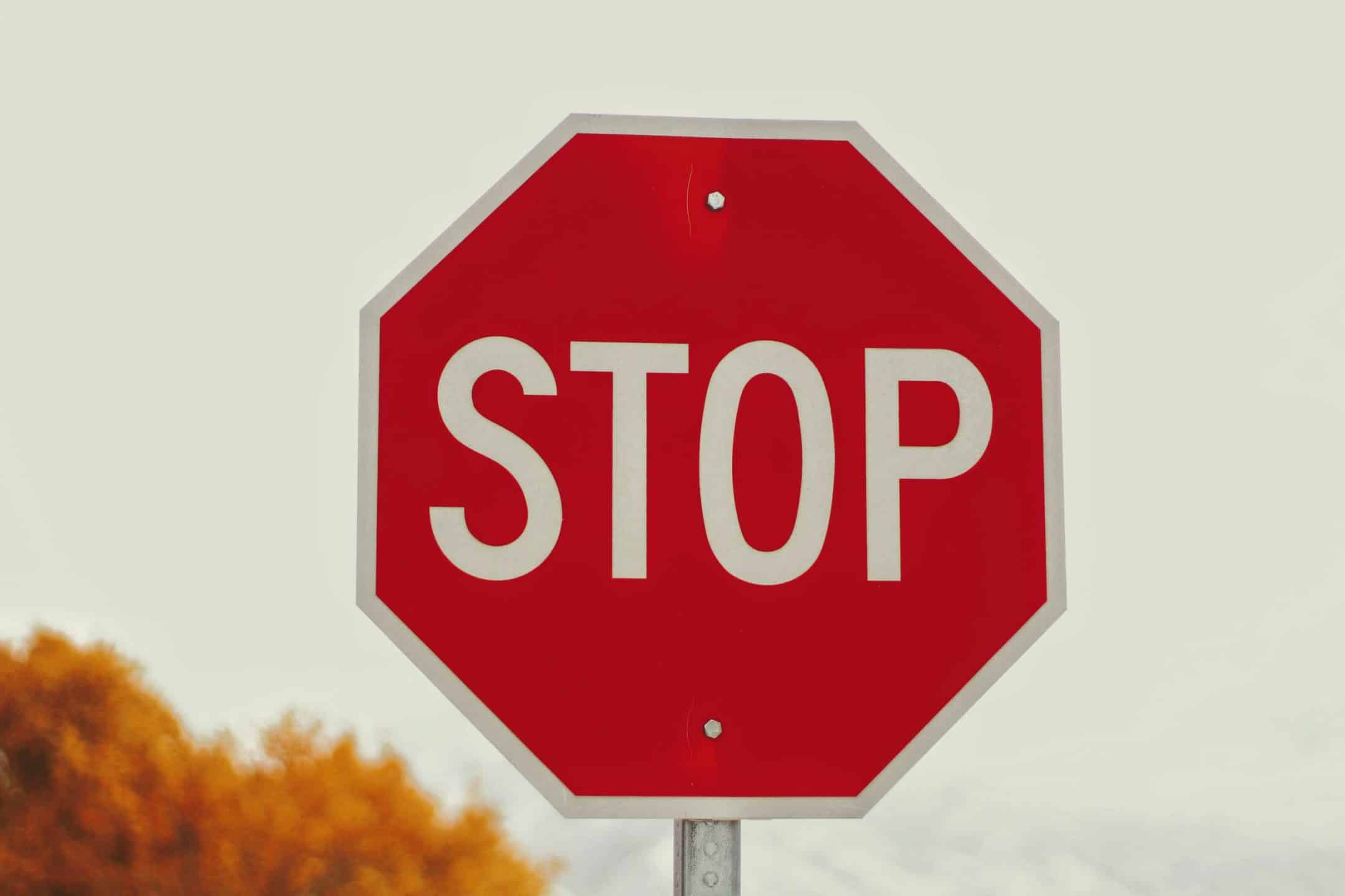T-bone collisions are one of the most dangerous types of car accidents, aside from head-on collisions, that can cause extensive damage to your vehicle and serious injuries to the driver and passengers.
WHAT IS A T-BONE COLLISION?
T-bone collisions occur when two vehicles are traveling perpendicular to one another and the front of one vehicle strikes the driver or passenger side of another vehicle.
T-bone collisions are sometimes referred to as side-impacts or broadside collisions. These types of collisions are extremely destructive compared to other types of car accidents because there is little to no protection for the driver or passenger on the side of the vehicle that suffers impact as this is a narrow section of the vehicle without any significant steel barriers. Therefore, t-bone accidents can often result in devastating consequences for all individuals involved in them.
COMMON CAUSES OF T-BONE COLLISIONS
T-bone collisions most often occur at or near an intersection. In most circumstances, these types of crashes are the result of negligence, when someone is driving recklessly, carelessly or is distracted while driving.
The following are some of the more common causes of t-bone collisions:
- Failure to stop at red lights or stop signs;
- Disobeying traffic signs;
- Distracted driving;
- Impaired driving;
- Fatigued driving; and
- Speeding or other dangerous driving.
When a collision occurs in an intersection, there is the possibility of multiple impact points. A car may be pushed into another lane of traffic, which can lead to an additional impact.
A t-bone collision that occurs while the victim is making a right turn is most likely the fault of a careless driver failing to obey a traffic signal or stop sign. In these circumstances, the fault of the accident is very clear. However, when a t-bone collision occurs when the victim is making a left hand turn, the fault may be more difficult to establish.
The determination of fault in a t-bone accident depends upon which car had the rthe right of way. During a t-bone collision, one car had the right of way and the other vehicle violated the right of way. In some cases, the car that did not have the right of way may be partially at fault for not recognizing what the other driver was doing. Determining which party is at fault is often dependent upon the evidence of the drivers and any witnesses to the accident.
COMMON TYPES OF T-BONE COLLISION INJURIES
There are many factors that affect the type and severity of injuries that one receives from a t-bone collision. These include speed, the use of seat belts, the deployment of airbags, the size of the vehicles and the angle of the collision.
The most common injuries that occur from t-bone collisions, include the following:
- Spinal cord injury as a result of the upper body being jerked back and forth;
- Paralysis;
- Crush injuries to the lower extremities, such as the hips, legs and feet;
- Brain injury as a result of striking one’s head against the side of the car or the dashboard;
- Whiplash due to the jerking motion of the accident;
- Fractures and bone breaks;
- Lacerations caused by shattered windows and pieces of metal;
- Tinnitus from the airbag exploding or a loud impact;
- Amputation;
- Deformity type injuries;
- Knee and hip injuries;
- Chronic pain; and
- Fatal injuries may necessitate a wrongful death lawsuit.
The most potentially life-threatening injuries occur to the victim that is sitting on the side of the vehicle that suffers the impact. Victims who are sitting closer to the area of impact may have a higher risk of obtaining serious injuries to the upper body. Victims who are sitting farther away from the area of impact are more likely to experience lower extremity injuries.
Injuries suffered by those who are involved in t-bone collisions can be long-term impairments, which require ongoing care and treatment.
COMPENSATION FOLLOWING A T-BONE COLLISION
If you have been injured in a t-bone collision or you have lost a loved one due to t-bone collision, you could be entitled to seek compensation for your loss or injuries.
You may be suffering financial loss due to the burden of continual treatment for your injuries or time lost from work due to your medical condition. If a motor vehicle accident has been caused by the negligence of another driver, you have the right to pursue compensation for your pain and suffering, lost income due to missed time at work, the cost of treatment not covered by insurance, any costs for your inability to complete housekeeping or caregiving tasks, amongst other damages. If you have suffered from the wrongful death of a loved one, compensation may include the costs of the funeral.
Proving fault in a t-bone collision can be difficult task. Having an experienced personal injury lawyer fighting on your behalf can give you the advantage you need to recover the financial damages you deserve. If you or a loved one have been involved in a t-bone collision, hiring a personal injury lawyer is an important first step to determine who is at fault for the accident. Experienced personal injury lawyers can assist you in the legal process and help you file a claim.
If you or a loved one have been involved in a t-bone collision caused by the negligent actions of a third party driver and have suffered severe injuries it is important that you contact an experienced personal injury lawyer today. Cuming & Gillespie LLP can help evaluate your specific case to determine whether you have a valid personal injury claim. Please contact the experienced and award winning lawyers at Cuming & Gillespie LLP online or at 403-571-0555 for a free consultation to determine how we can help you recover compensation for your injuries.

